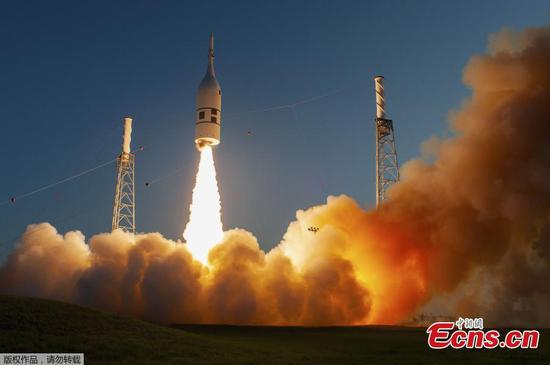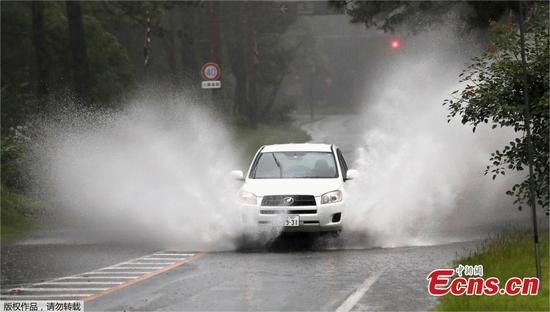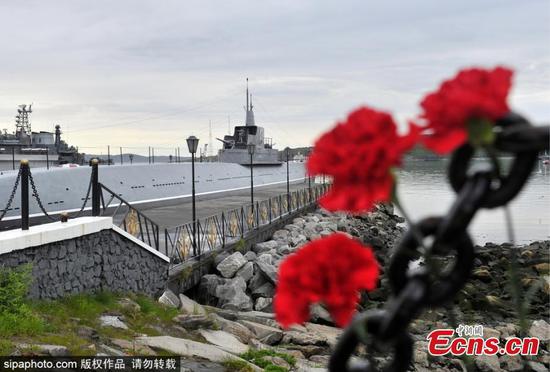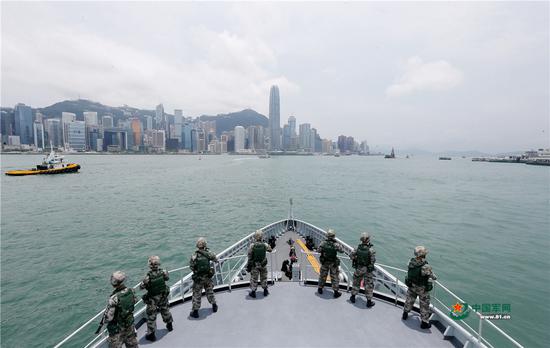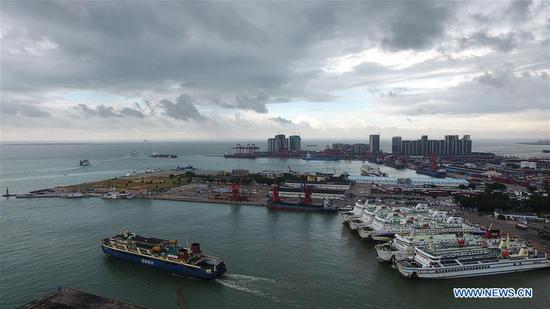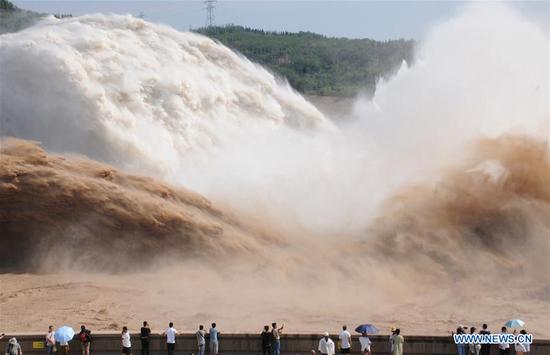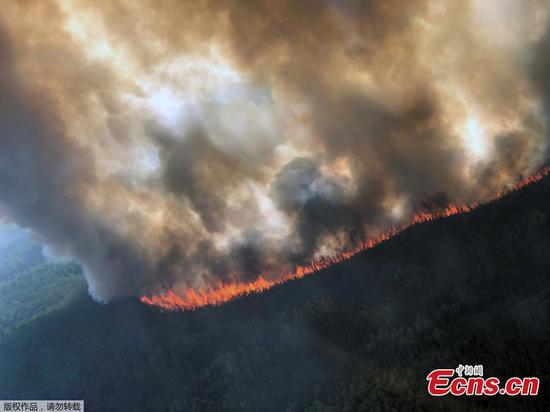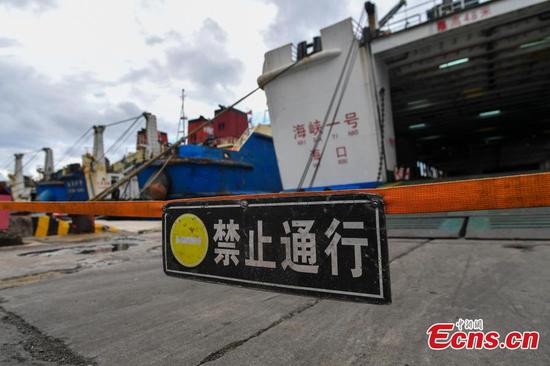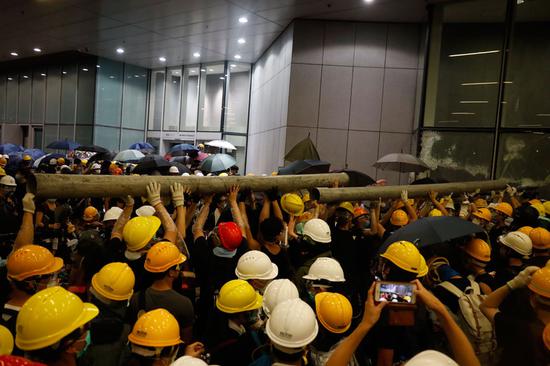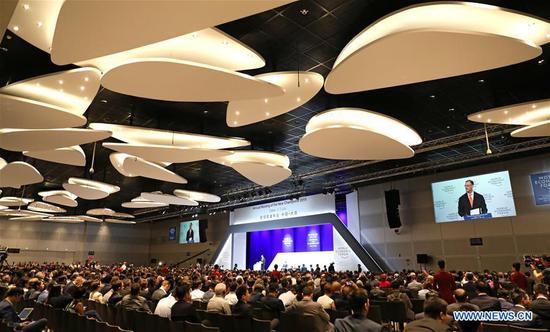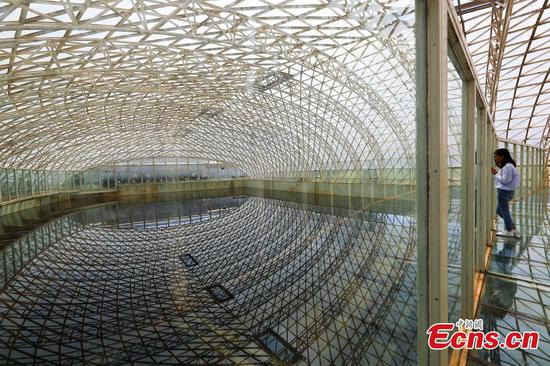Evaluations of investments and policies, in areas ranging from transportation and energy to education and social protection, can influence the economic directions if findings are of high quality and available at the right time.
But evaluations typically are narrowly focused, for example on the effects on short-term economic growth. Thus they miss their chance to shape directions, for instance in promoting environmental or social sustainability, which is crucial for China's socio-environmental setting.
A case in point is when a narrowly focused evaluation of deregulation gives the policy high marks for improving the ease of doing business, even though it weakens environmental and social protection.
A broader evaluation would have shown that the damage from environmental destruction, aggravation of climate change and worsening of social inclusion hurt long-term growth and well-being. The rub for decision-makers is that investing more in social and environmental capital may not boost short-term GDP growth, even while aiding long-term growth and well-being.
As a way forward, the United Nations' Sustainable Development Goals provide an avenue for expanding the focus from short-term growth to long-term welfare.
The SDGs are 17 goals pertaining to poverty, environment and climate, and human and social development. More significant than each of these goals in isolation are the interlinkages among them. For example, studies in Asia document the impact of corruption in aggravating illegal logging and deforestation. The resulting environmental destruction and climate change have hurt the poor the most and weakened social inclusion.
Asia has experienced the poverty and distributional impacts of crises. We saw during the 1997 Asian financial crisis the disproportionate damage to the well-being of lower income classes. The poor were hit harder and they took longer to recover. The same story was repeated during the 2007-08 global financial crisis, which started in the United States. The sources of these crises have been inadequate financial regulations or macroeconomic imbalances driven by short-term goals at the expense of the long term.
While we may agree on the need to eschew "short-termism", politics dictates otherwise. To overcome the political pressures to show immediate results, we need to bring together all the tools of evaluation at hand. To a considerable extent, three existing approaches in evaluation, with needed extensions, can be relied upon: impact evaluation, cost-benefit analysis and objectives-based evaluation.
Impact evaluation can serve as a valuable way to gauge the causal effects of a program, be it providing vaccination to the population or social protection to low-income people. Having the results of such evaluations at hand can also improve the chances of effective programs being continued, regardless of changes in political leadership in a country, as has happened with conditional cash transfers, which promote greater social inclusion, in Brazil, Mexico or the Philippines.
Cost-benefit analysis, too, has a growing role to play in enlarging the focus of evaluation. For example, assessment of growth could give special attention to the time frame over which its impacts are assessed in order to ensure that greater sustainability is rewarded. Cost-benefit analysis could also apply distributional weights to ensure income disparities in China are addressed along with growth effects.
Extensions of objectives-based evaluation can show the importance of considering growth plus climate and equity impacts as opposed to short-term growth alone. Project analysts would do well to routinely include in project documents a statement of the climate risks and impact as well as aspects of social inclusion.
India stands out in its effectiveness in responding to hazards of nature. China's experience during the floods in Sichuan and Gansu provinces in 2018 in ensuring early warning and evacuation is a case in point. But budgetary allocations for preventing future calamities remain inadequate.
These three evaluation tools should help to keep the focus on longer-term concerns. China faces management issues related to an aging population and rising dependency ratios. The need to raise productivity is an overarching priority.
More important than the short-term growth rate is the progress needed in improving energy efficiency and curbing the environmental and climate crisis. Of equal importance is lowering income inequalities and social disparities connected to better education quality, healthcare and social protection.
In order to sustain growth and well-being in China, goals and evaluations that were mostly focused on immediate growth need to give way to considerations that go beyond the short term. In turn, evaluation tools must adjust to this need of the hour.
The authors are visiting professor and assistant professor, respectively, at Lee Kuan Yew School of Public Policy at National University of Singapore. The views do not necessarily reflect those of China Daily.











